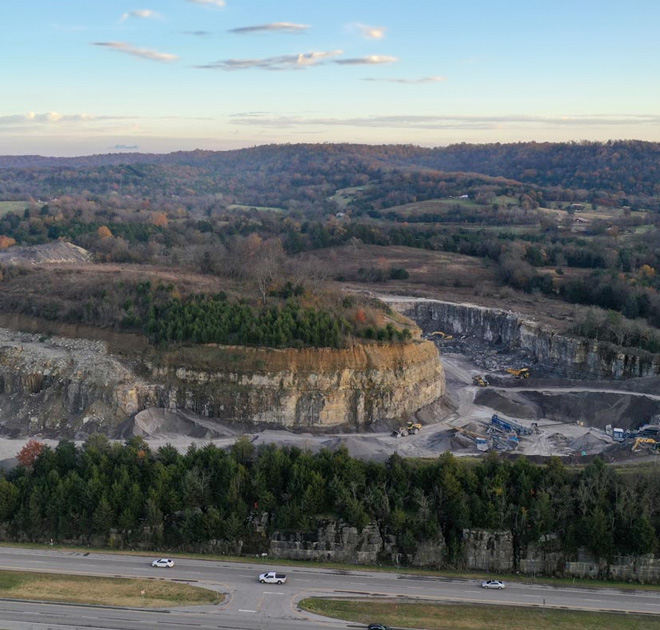
At SRM Materials we are committed to reducing the noise impact on our neighbors in the community. One of the most common and effective methods of noise reduction we leverage is the use of berms and buffers. Learn more
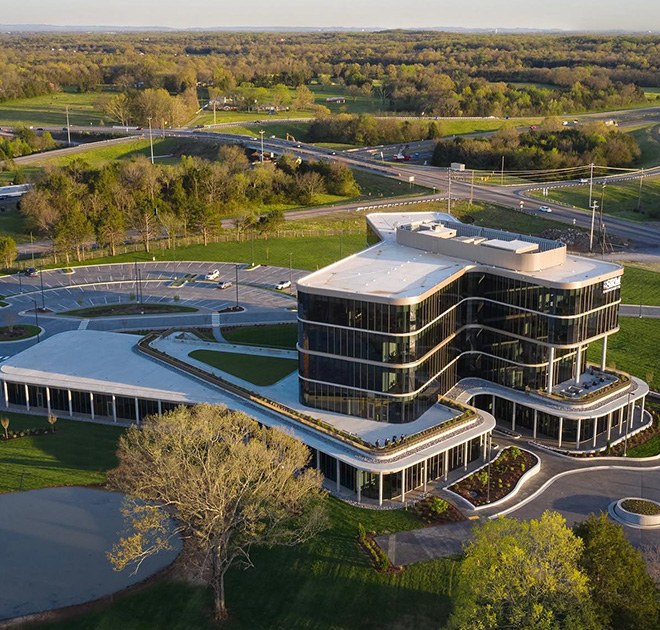
When it comes to renewable energy, there are many types that can be employed to be more sustainable. Many industry professionals believe Geothermal Systems are the greenest and best form of renewable energy. When SRM Concrete decided to build their new Home Office, they knew that a highly sustainable geothermal system was the right choice. Learn more.
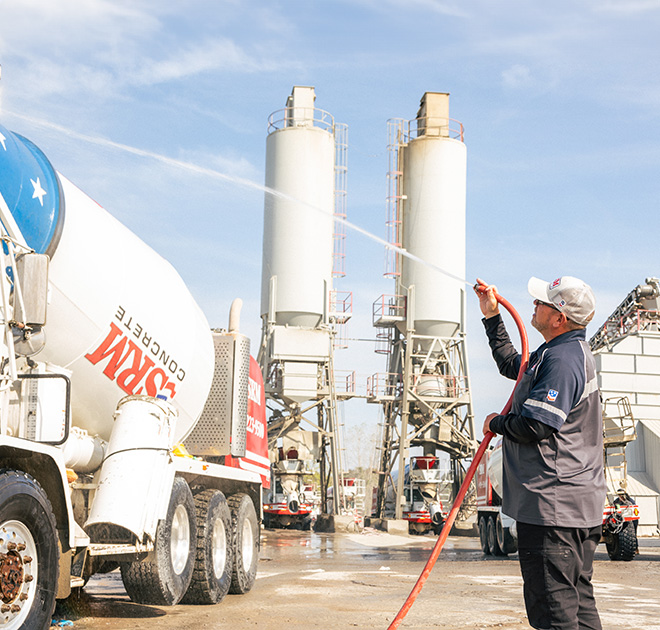
Water is vital in the production of concrete, not only in the final product, but in every step of the batching process. From pre-soaking aggregates before they hit the mix to washing trucks down before they hit the road, water is utilized in every step. Since our concrete plants consume such high levels of water, we care about its conservation. Learn more.
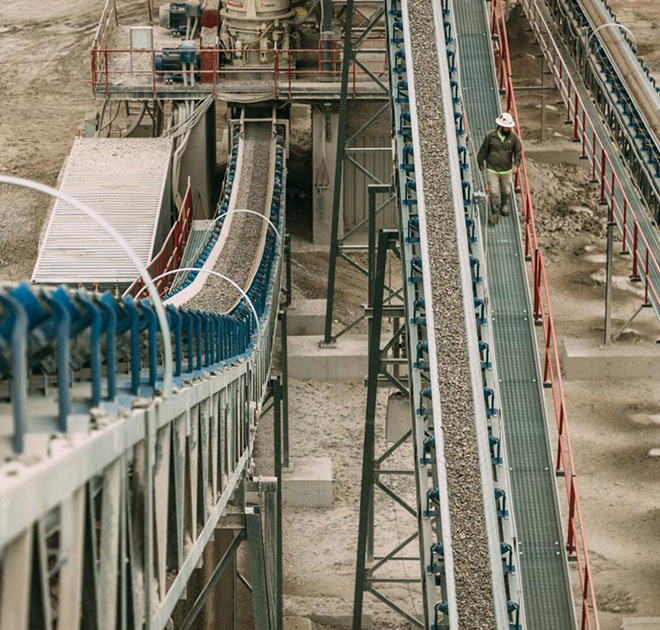
One of the environmental challenges aggregate producers face is particulate emissions. SRM Materials, the aggregate division of SRM, has taken extensive measures to keep our air and product clean. We utilize several different dust suppression systems at our quarries depending on the topography, capacity, and resources of the sites. Learn more.
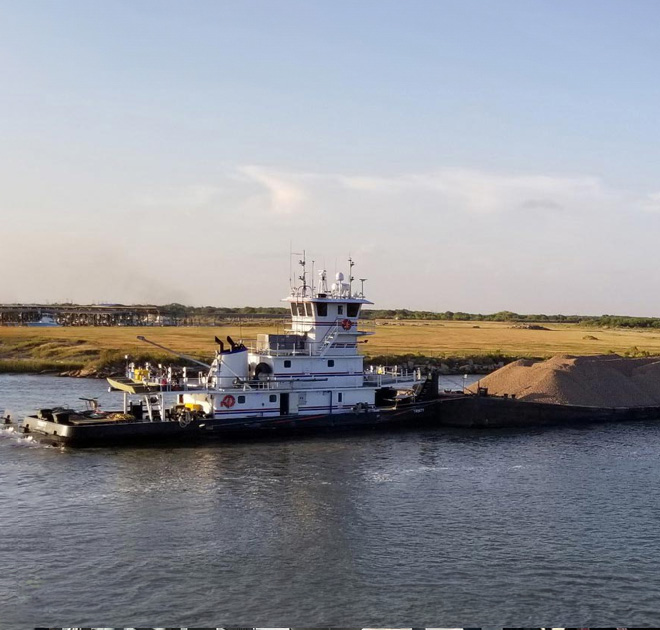
At SRM, we understand the value of our waterways. Our materials division, SRM Materials, uses a system of rivers to deliver and receive materials to and from our plants. Hauling materials to our concrete plants via barges and waterways requires significantly less energy than other methods like truck or rail. Learn more.

One of the most important ingredients in the production of ready-mix concrete is cement. Cement is the binding material that when mixed with aggregates and water creates concrete. Cement is pneumatically transferred from tanker trailers to overhead silos. The dust from this process is controlled by using fabric filter container houses. The fabric filters we utilize in this process are at a minimum 99.5% effective to one micron (0.001 mm). These fabric filter controls allow us to capture and recycle nearly all potential particulate emissions. Learn more.
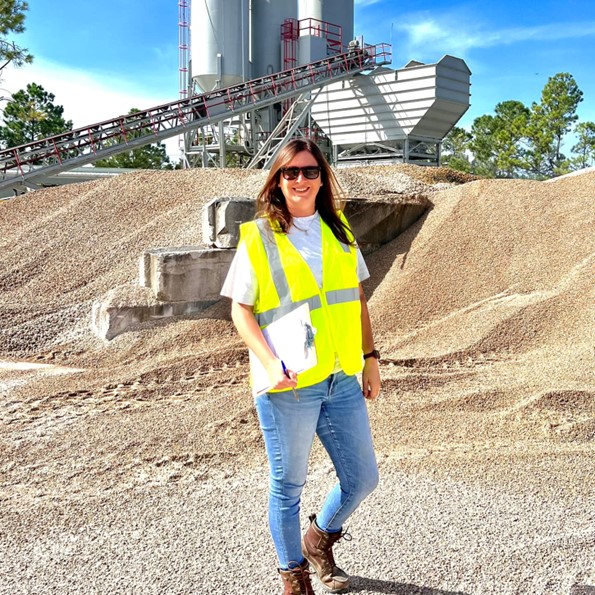
SRM Concrete’s Chief Sustainability Officer, Danielle Pudvah, oversees company-wide compliance with local and federal environmental guidelines and ensures SRM is responsibly stewarding natural resources as our footprint continues to grow.
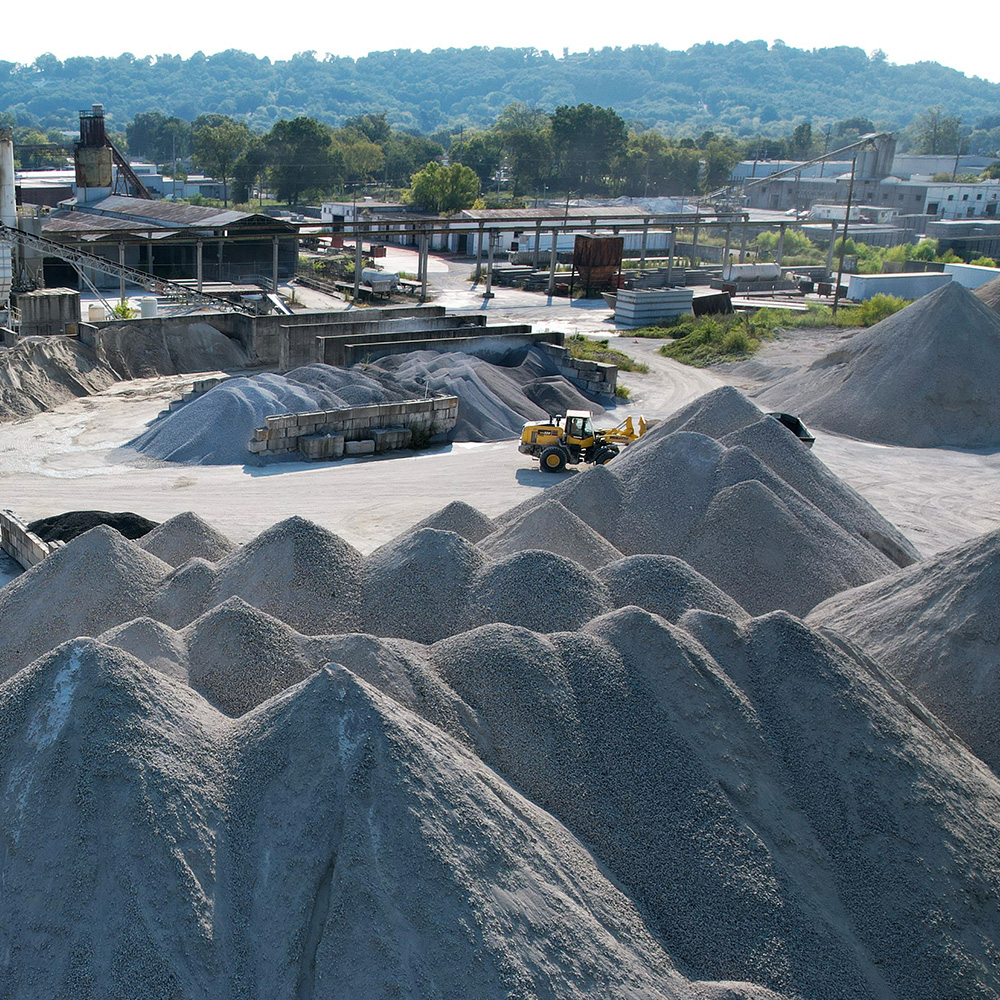
Many SRM Concrete plants are equipped with concrete crushers, allowing for the recycling of cured concrete. The new material can be used in a variety of construction applications such as road base, fill, and drainage.
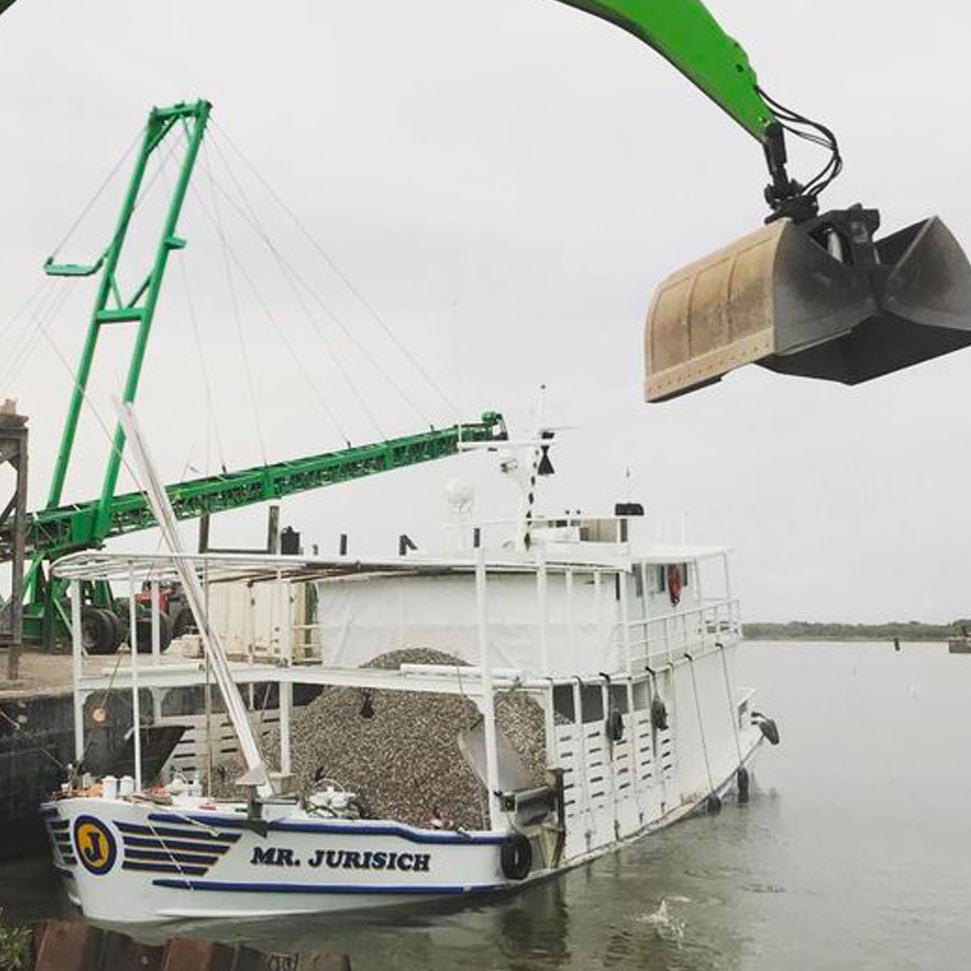
Oysters are essential to the livelihood of our waterways. They act as living, breathing filters in our rivers and oceans. In order to maximize the oysters' effectiveness, they need to be elevated on beds of rock. That's why our team in Houston, Texas helped restore an oyster bed in the Buffalo Bayou by placing 1/2" limestone along the banks.
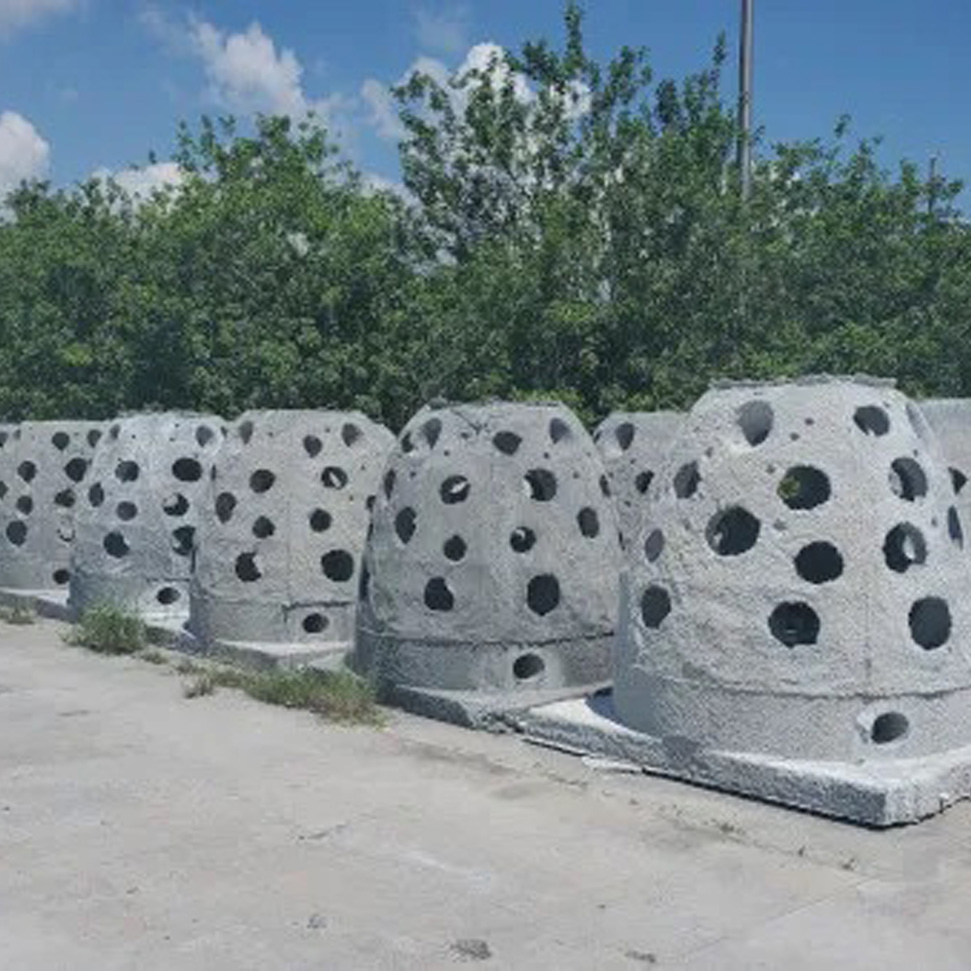
SRM Concrete has begun using our excess concrete to build 'reef modules' to help the biologists at the South Carolina Department of Natural Resources increase the number of fish habitats at some offshore artificial reefs. SRM builds the habitats by pouring concrete into forms specifically designed to house the species of fish native to the Coastal Carolina region.
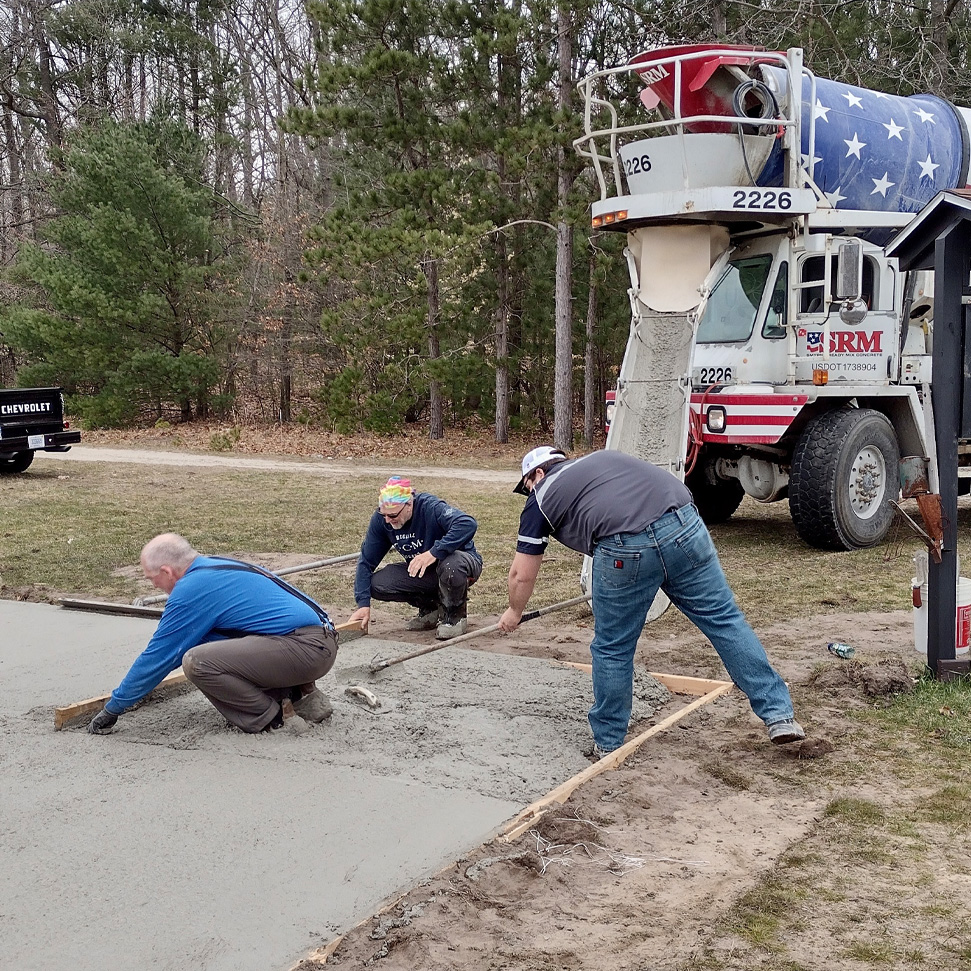
SRM seeks to support local organizations as they grow and thrive, and the U Dig It Community Garden in Ludington, Michigan is growing every year. We donated concrete block for their garden beds in 2023 and came back to donate concrete for a storage shed in 2024. The garden exists to teach community members about sustainable gardening while providing fresh vegetables for families in need.
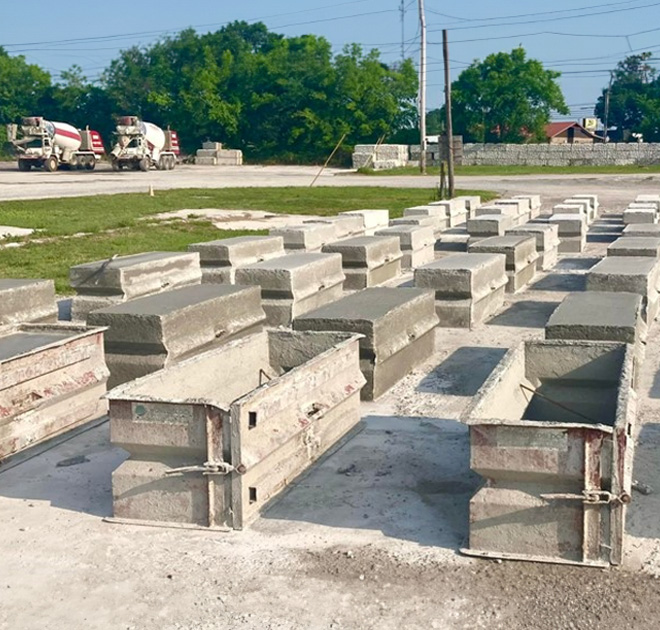
We produce a large amount of concrete at SRM, wasting it is not something we like to do. SRM Concrete strives toward zero concrete waste by utilizing precast applications and recycling returned concrete. Each of our plants have barrier block forms that we pour concrete into. These concrete blocks can then be used in many ways, but typically are stacked on each other creating large walls.